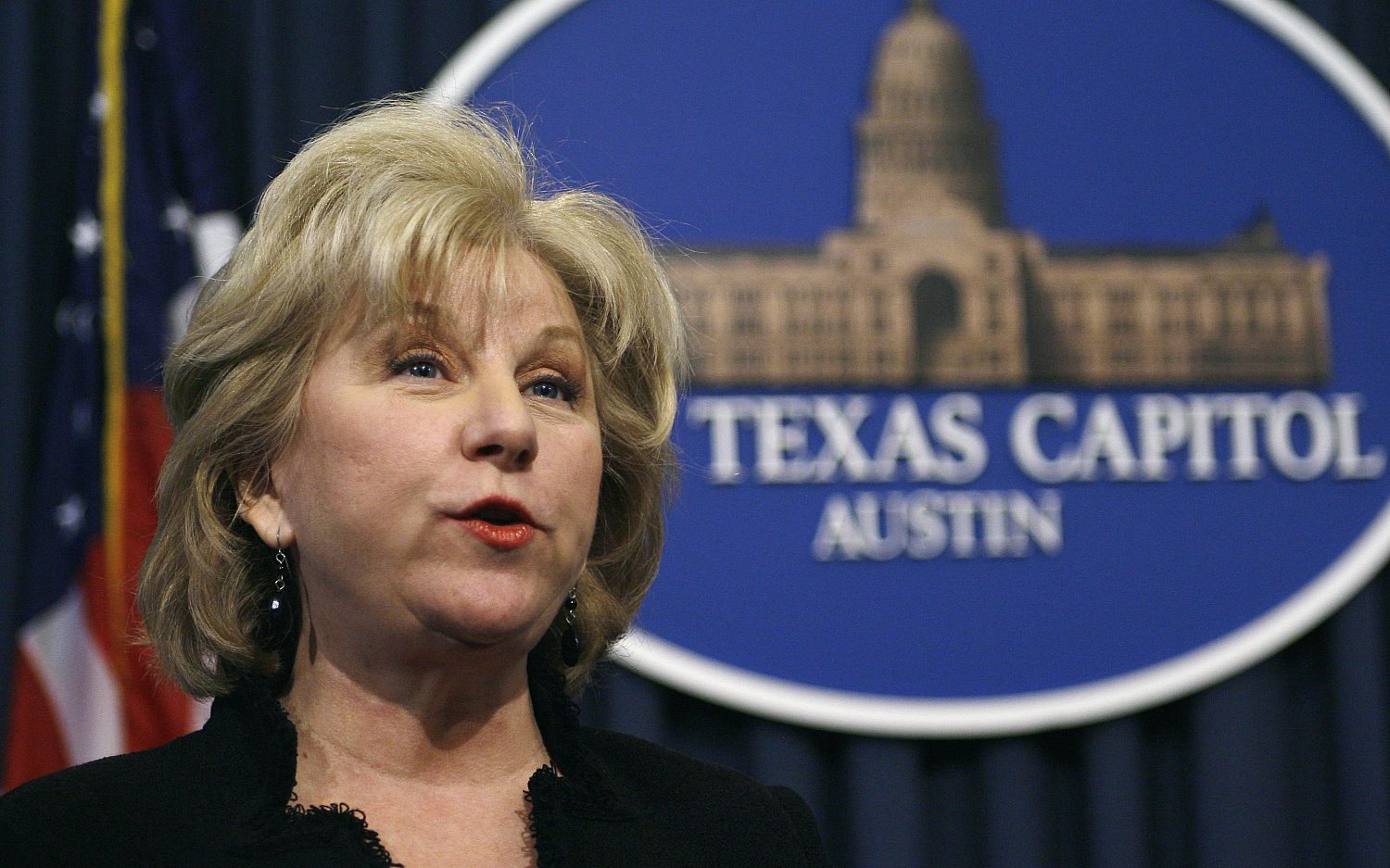Federal budget fight causes migraines--again
Inter-party squabbles may dash hopes of passing a budget before the election
WASHINGTON—When Rep. Paul Ryan, R-Wis., took over the speaker’s gavel last fall, he and other top Republicans agreed passing the federal budget was a top priority. But Ryan, the former House Budget Committee chair, has blown past the first deadline to lay out a fiscal blueprint—with no consensus in sight on how to appropriate federal dollars, even within conservative circles.
“We don’t even know what target we’re aiming at anymore,” said Rep. Dave Brat, R-Va., a member of the House Budget Committee and the only economist in Congress. “Right now I don’t even know the nature of the problem I need to fix, and that gives me a migraine headache.”
Last year, Congress proposed a $1.013 trillion budget for discretionary programs. While fiscal conservatives like Brat clamor for spending cuts to tackle America’s $19 trillion-and-counting debt crisis, this year’s House budget proposal came in $57 billion higher than the current fiscal year’s. Some Republicans can’t justify a $1.07 trillion discretionary budget unless they see savings in other areas. But until members can agree on where to trim the fat, there’s a chance Congress will miss all this year’s budget deadlines, continuing a dysfunctional streak that dates back two decades and led to former House Speaker John Boehner losing his job last year.
The discretionary budget outlines spending for national defense and domestic agencies. Each year, Congress spends more time deliberating discretionary spending even though it accounts for only about one-third of the federal budget. Members must find compromise or invoke another government shutdown.
The budget committee sent over the proposed budget in early March. The first deadline to blueprint fiscal year 2017 came on April 15. Congress missed that deadline without even opening the new proposal to a floor debate.
The reason? Conservatives would not sign off on a plan to spend more federal dollars when they promised constituents they would reign in out-of-control outlays.
“The only thing worse than not doing the budget is spending more money,” said Rep. Jim Jordan, R-Ohio, in an interview with C-SPAN. “You have to look at this in the real world context of the debt just hit $19 trillion.”
Jordan chairs the fiscally conservative House Freedom Caucus, which has nearly 40 House members, including Brat.
The caucus issued a statement shortly after the budget committee delivered its spending plan. Caucus members said as a group, they will not support a $1.07 trillion discretionary budget, leaving the current proposal without enough votes to pass.
Reporters at Ryan’s weekly news conference last week asked if lawmakers had made any progress since missing the budget deadline.
“You need votes to pass a budget,” he said. “We don’t have them right now.”
Beyond passing a budget, every year Congress must actually assign federal dollars in the budget to specific purposes in the form of 12 appropriations bills. Both the House and Senate will begin to draw up those spending measures even without an agreed spending cap. That becomes problematic because some appropriators will base spending levels on the $1.07 trillion proposed budget, while others want that number significantly reduced.
While Republicans debate which spending cuts to make, House Democrats continue to advocate for dollars on social programs such as the Supplemental Nutrition Assistance Program, Temporary Assistance for Needy Families, and refundable tax credits for low-income workers and child care. Congressional Democrats contend these “anti-poverty safety nets” need adequate funding, paid for through higher taxes on the wealthy.
In a recent press conference, House Minority Leader Rep. Nancy Pelosi, D-Calif., called the $1.07 trillion spending proposal a “cut and freeze budget” not consistent with helping the most vulnerable.
Partisan divides have kept both the Senate and House from passing all 12 appropriations bills since 1994—a streak that includes stretches of control for both parties.
While lawmakers battle over discretionary spending, exorbitant mandatory programs—led by Medicare, Medicaid, Social Security, and Obamacare—continue unfettered growth that could consume most revenue by fiscal year 2027. By then, public debt will equal 86 percent of America’s GDP, according to projections by the Congressional Budget Office (CBO).
Without structural changes, all federal revenue will eventually go to support mandatory spending, leaving nothing left to fund the military, education, federal agencies, and other discretionary items.
The federal government ran a budget deficit of $439 billion in fiscal year 2015 and the CBO projects this year’s deficit will be $534 billion. At current levels, Medicare and Social Security will be insolvent by 2034.
“People are starting to gain some awareness that we’re going to end up in another financial crisis if we don’t get this straight,” Brat told me. “It’s not just a bunch of drama, there are real numbers here that matter.”
An actual newsletter worth subscribing to instead of just a collection of links. —Adam
Sign up to receive The Sift email newsletter each weekday morning for the latest headlines from WORLD’s breaking news team.




Please wait while we load the latest comments...
Comments
Please register, subscribe, or log in to comment on this article.